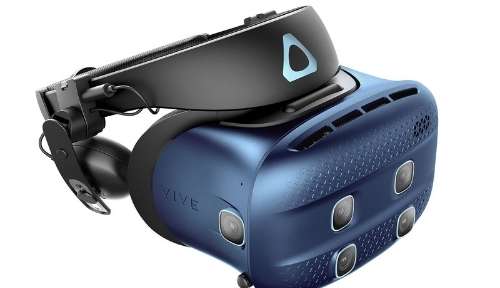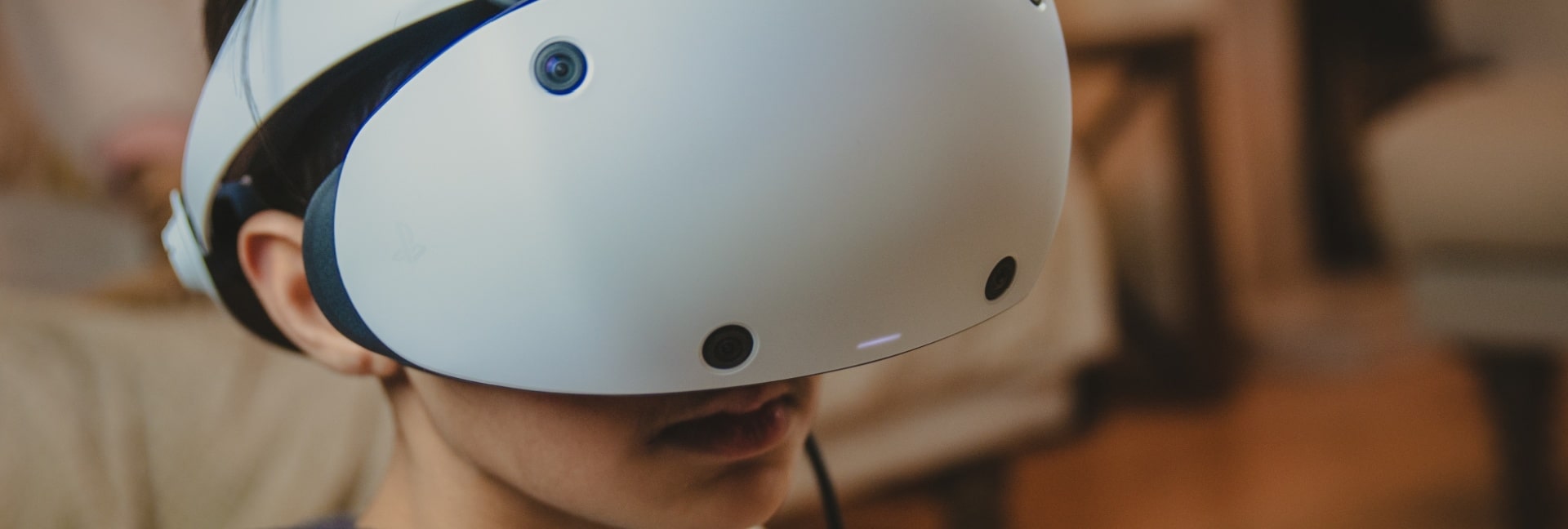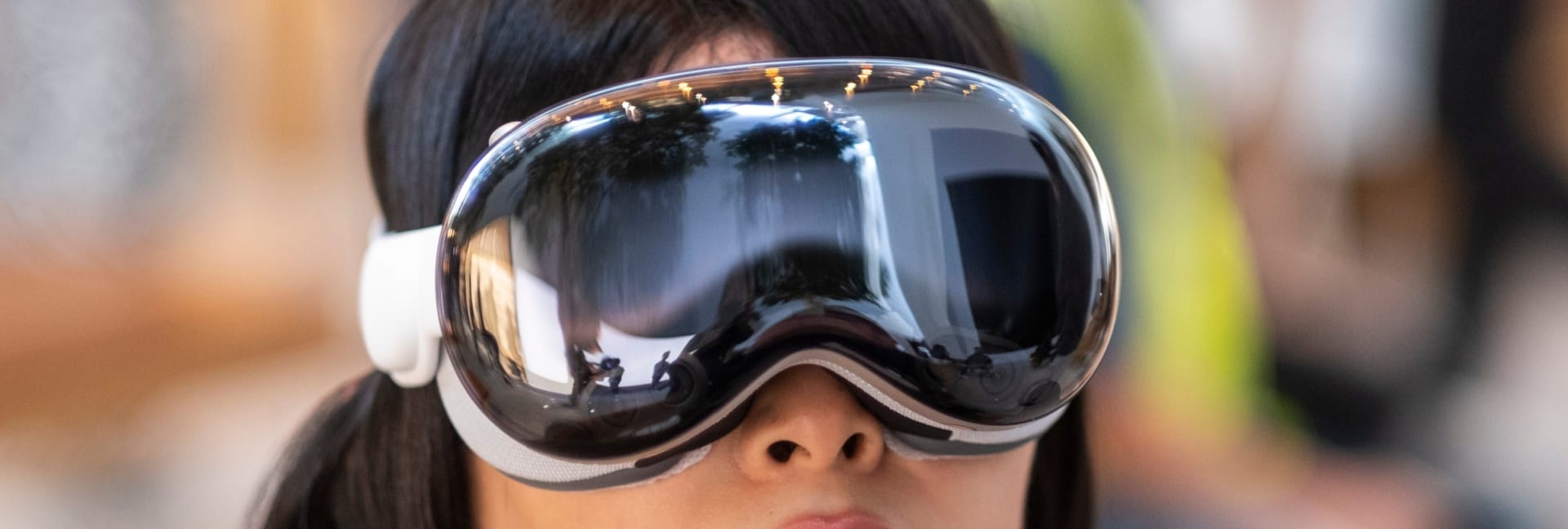| HMD Name: | Glyph |
| Designer: | Avegant |
| Website: | http://avegant.com/ |
| Estimated price | $599 |
| Display type: | Retinal projection |
| Resolution: | 1280×800 per eye |
| Field of view: | 45 degrees |
| Head tracking: | Yes (mouse/gamepad emulation) |
| Eye Tracking: | No |
| Audio: | Built-in (non-removable) |
| Refresh rate: | 120Hz |
| Latency: | 12ms |
| Optics: | Diopter and interpupillary adjustment. |
| Inputs: | HDMI and MHL |
| Type: | Tethered to external computer |
The extraordinarily named Avegant Glyph is currently one of only a few examples of an HMD that uses retinal projection in circulation. Designed to look like a high-end set of headphones, and therefore not likely to encourage strange looks from other people on your daily commute, the Glyph has its projectors in the ‘headband’ of the headphones. The user can simply flip the headband down to cover their eyes when they want to use the display.
Retinal display technology claims to reduce eye strain, because instead of viewing the light source directly, you are focused on reflected light. It’s also claimed that the Glyph’s retinal projection technology has the appearance of a much higher quality image than similar tech, without any change to the pixel density. This type of display also essentially does away with the dreaded ‘screen door’ effect – a term that refers to visible lines between pixels within a virtual reality environment. This is not a guaranteed quality leap caused by retinal displays, however; individual mileage may vary from product to product.
One thing that is certainly true of the Glyph’s display is that it will not provide you with the same vision-filling image as HMDs such as the Oculus Rift. It is important to note that what the user sees is not a virtual world, but actually what has been calculated as a crisp 80-inch screen floating at an 8-foot distance from the user. The Glyph presents a separate image to each eye, thus still providing a three-dimensional image, but one that does not stretch to the periphery.
Avegant have stated that, while the Glyph was actually not designed to be a virtual reality device, it can still be used as one for all intents and purposes.
Although the Glyph does not allow the use of different headphones, it would be safe to say that the device was designed around its own. Avegant claims that the audio of the Glyph is top-notch, comparable with any other high-end headphone on the market. One advantage of this approach is that the device is not encumbered by yet more wires, which would be a drawback for a mobile device such as this. The Glyph is fully battery-operated and can display video is 3 to 4 hours, while sole-audio use will deplete the battery in 10 to 12 hours.
It should be noted that the diopter adjustments for this device make it possible for most of its bespectacled clientele to use it without their glasses, but users with astigmatism are not accommodated. Since this is so far a relatively unique market, it is advisable to try a unit before purchasing, especially considering that at $599 it is one of the more expensive HMDs currently available.







